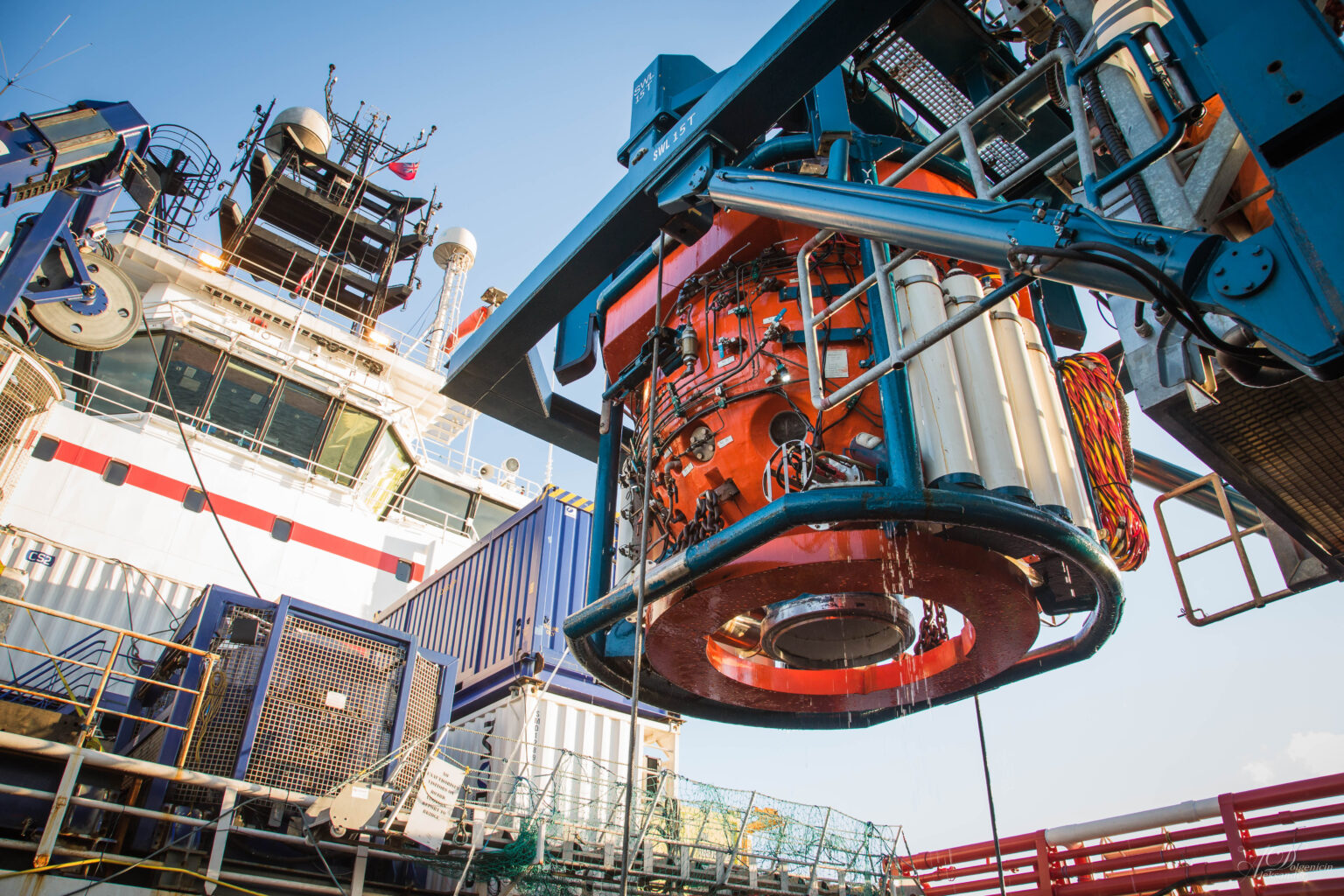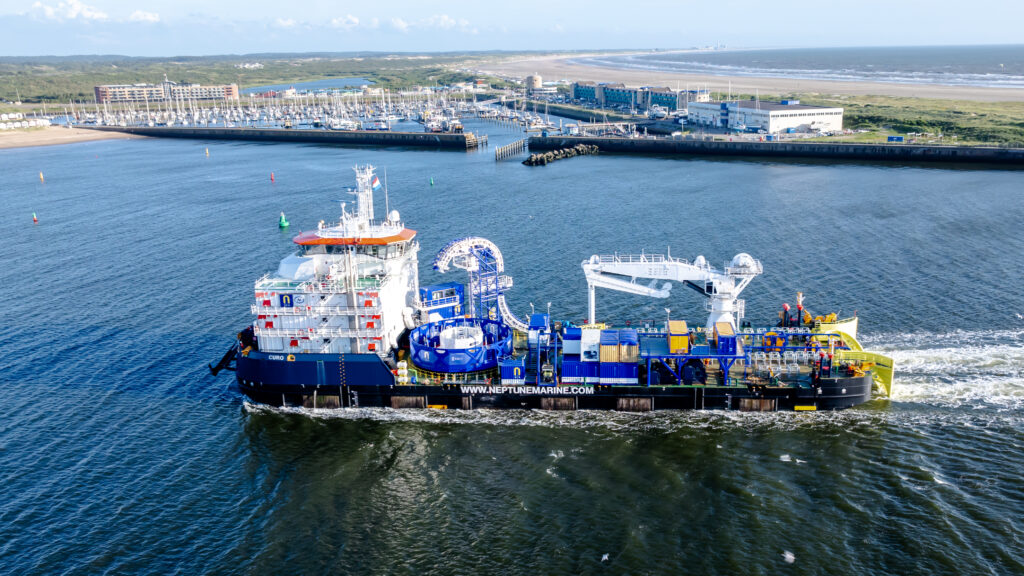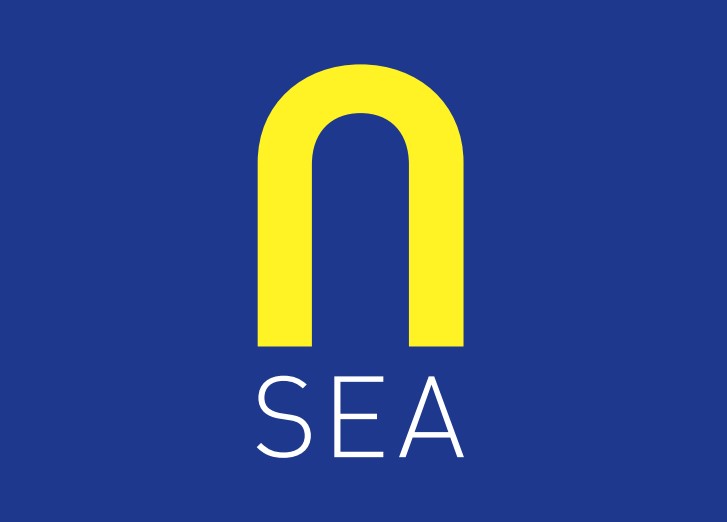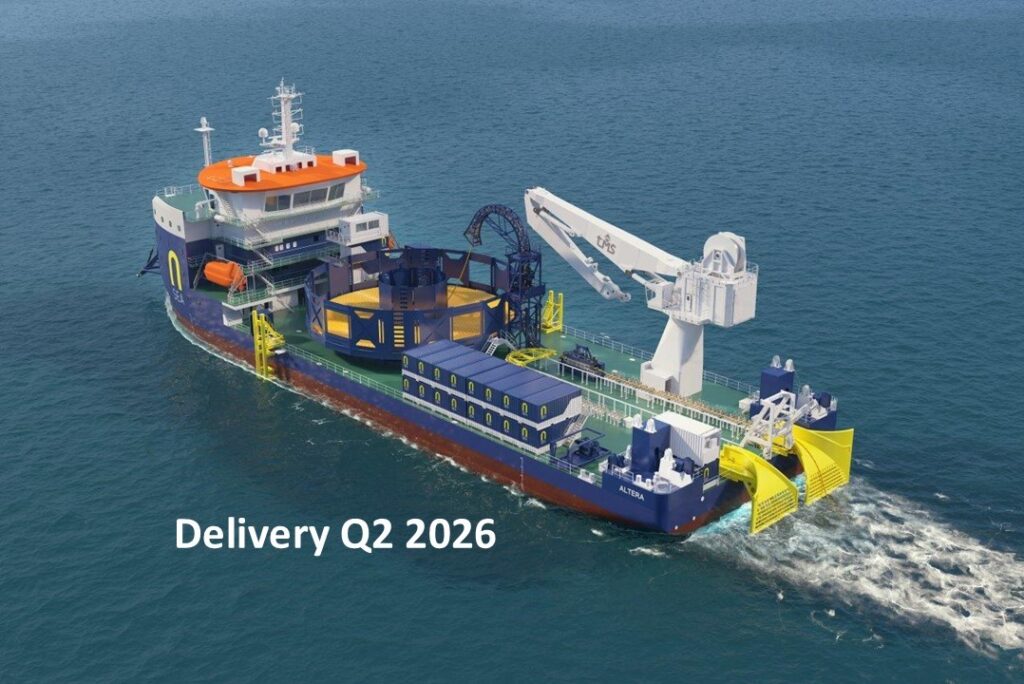TUP Diving Bulletin: Episode 2

TUP DIVING COMPARED TO OTHER DIVE AND DECOMPRESSION TECHNIQUES
In the first bulletin we have already discussed the (significant) difference between TUP diving and Surface Decompression (SurD), where the latter involves a gradual decompression interrupted by an interval at sea level. Other techniques that use uninterrupted gradual decompression are in water deco and Saturation diving.
In water decompression, on a line, in a cage or in a wet bell, is usually only acceptable for a short period of time (around 20 minutes) due to diving circumstances as for instance low temperature and swell.
With this technique, the body is exposed to a water pressure gradient with the sternal notch as reference point for the pressure of diving and stop depth. This causes inaccuracies in pressure measurements, but also effects the body’s respiratory and circulatory system. These effects also cause an increased vulnerability for oxygen poisoning and limit breathing of oxygen or oxygen enriched mixtures for reducing decompression time.
All these effects make in water decompression only suited for short and shallow dives. In contrast, TUP diving offers comfortable gradual decompression in the dry bell and deck decompression chamber(s), with the body parts exposed to the same pressure. The use of oxygen for reducing decompression time is much safer and can be used from stop depths of 15 msw and shallower. Therefore, this diving technique is suited for deeper and longer dives. However, when compared to saturation diving, diving depth and time are more limited, but there are many reasons why TUP diving should be preferred. This will be outlined in the next bulletin.
For any question, please contact:
N-Sea
E: info@n-sea.com
T: +31 (0)111 456 000
I: http://www.n-sea.com



